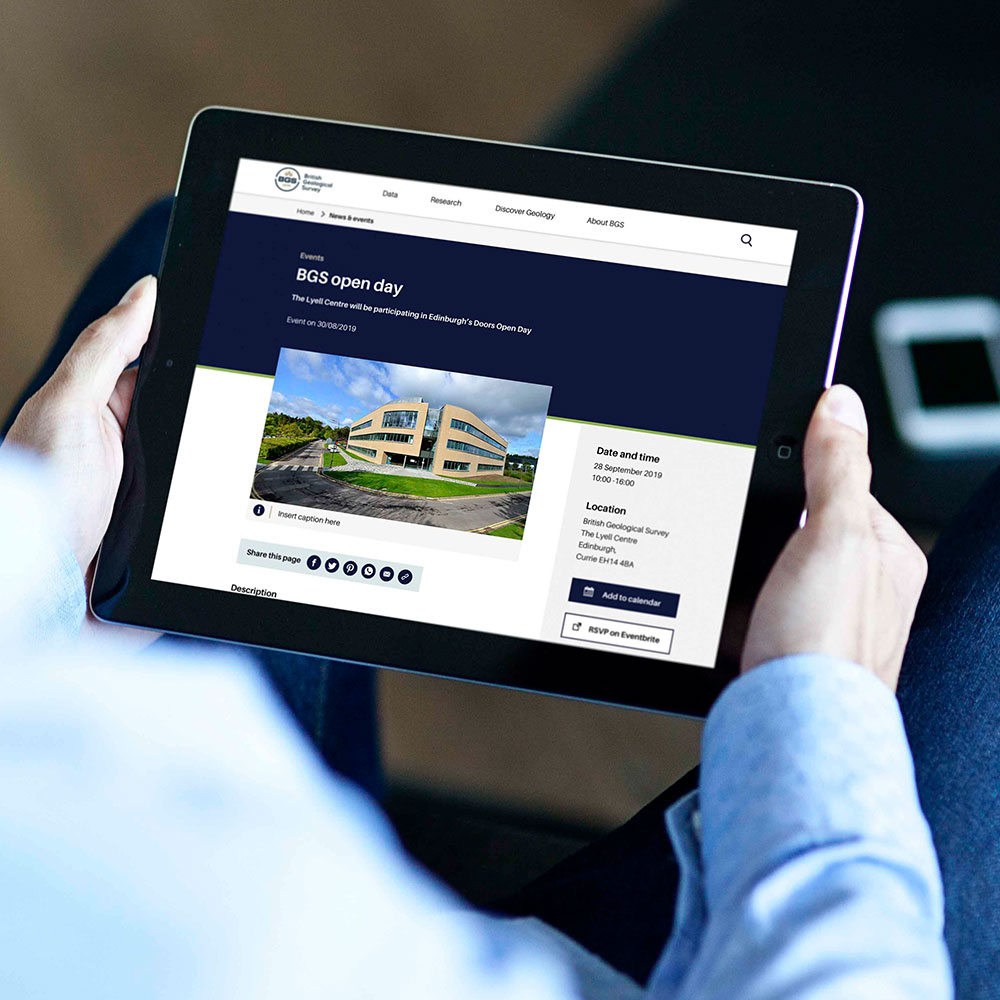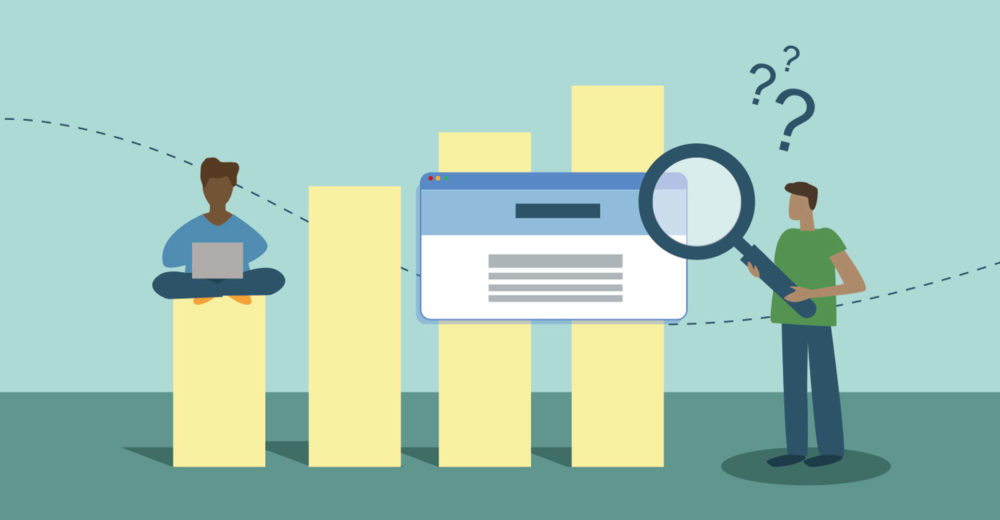Supporting loyal customers
By having an accessible website, it can give you access to a larger pool of potential customers that other competitors may miss out on due to their lack of web accessibility. This means many loyal customers from a whole demographic can feel supported when trying to interact with your online presence.
Improve your web accessibility
W3C Web Accessibility Initiative (WAI) are a global organisation that set strategies, standards, resources to make the Web accessible to people with disabilities, which is adopted by many countries public sector policies. They created the Web Content Accessibility Guidelines (WCAG) 2.1, a set of guidelines and principles that help standardise the consideration in creating an accessible website.
By adopting WCAG, you will be able to make your website and content more accessible for a wider range of people across desktops, laptops, tablets and mobile devices and create more business opportunities by avoiding exclusion of your customers.
In order to meet the needs of different groups and situations, there are three levels of conformance:
- A (lowest)
- AA
- AAA (highest)
The guidelines focus on accessibility from a designer, developer and content creator’s perspective.
Creating accessible online content
Here are some top tips to consider when you add content to your website. For the full list of accessibility guidelines, please see the WCAG 2.1 guidelines.
Create original content
Write your own unique website copy. Don’t “borrow” content from other websites, as Google sees this as duplicate content, which will likely impact your page in some way.
Use ALT text for images
ALT text can be added to describe an image to a user with a visual impairment using a screen reader. As ALT text provides context to what an image is displaying, it therefore informs search engine crawlers, allowing them to index an image correctly.

Use heading stylings appropriately
By using heading styles, these can act as signposts so that users can read through the content and find what they are looking for quickly. Consider the content you use for headings; they should be informative and tease the user to read more. Headings also give you a great chance to use your focus keyword. However, this shouldn’t be forced and should be considered so it flows naturally with the rest of the content.

Minimise the amount of tables you use
Avoid adding complex tables to your content as it can be difficult for screen reader to read the data within a table that matches the flow of the visual order.
When possible, try to ‘flatten’ the table and avoid spanned cells and multiple levels of header cells. Each separate piece of data has its own cell and don’t leave table headers empty.

Use descriptive call to actions buttons
For screen readers, “Read more” or “Click here” do not describe fully the destination this button is taking you to.

Add accessible videos
Audio descriptions can be played along with the video and lets visually impaired users understand what is visually happening. To create the best audio descriptions, this should be considered during the production of the video as it should include all visual information.
If you would like to upload a ready-made video or if you don’t have the budget to create an accessible video, by providing a transcript in an accessible format, you will make viewing content on videos a lot easier for someone with a disability. Transcripts should:
- Identify the name of the speaker;
- Ensure that all speech content is included;
- Include relevant information about the speech;
- Include relevant non-speech audio;
- Include any textual or graphical information shown in the video;
- Be provided in an accessible format;
- Indicate the end of the transcript if on the same page as the video; and
- Provide a mechanism to return to the video if on another page
This article will be part of our accessibility series and we will be updating with more information on how you can work to improve accessibility.
If you’d like to know a little more about how we can make your website more accessible or compliant, or to see how accessible your current site is via a free audit, feel free to drop us a line.


